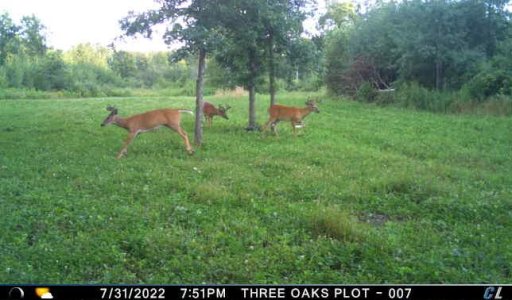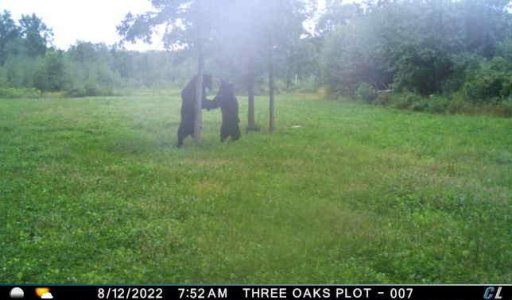Lots of variables influence the age versus diameter, so it isn't exactly cut and dried. When we moved into our house, we had a smallish (20" diameter) younger bur oak tree that was growing under the canopy of some adjacent old oaks. The old trees grew straight up, but this young tree grew at an angle to reach sunlight. Unfortunately for that tree, it was starting to lean over my house, so I cut it down.
That young tree was 130 years old, so I'm sure some of the old trees are 200+ years old. It is pretty cool to think that the trees in my yard likely had buffalo grazing under them when they were younger.
That young tree was 130 years old, so I'm sure some of the old trees are 200+ years old. It is pretty cool to think that the trees in my yard likely had buffalo grazing under them when they were younger.


